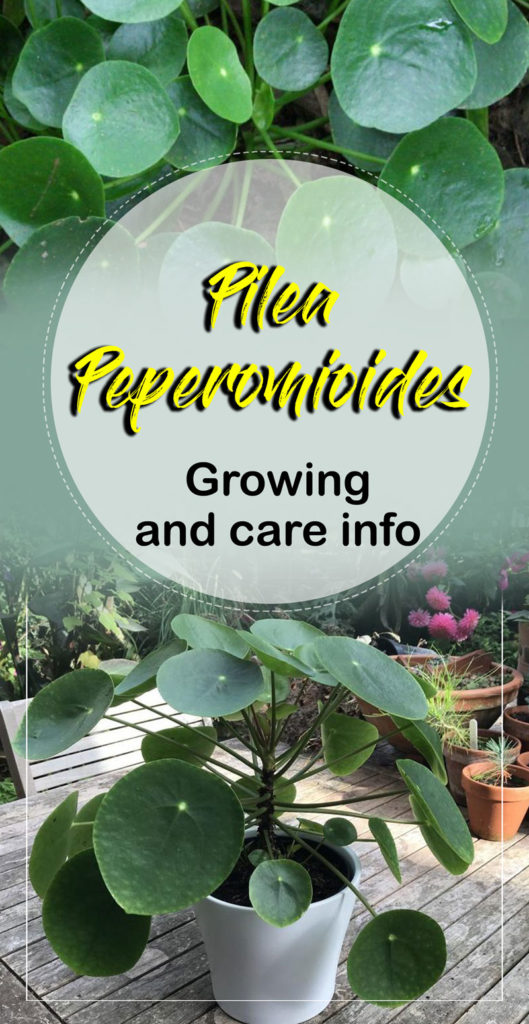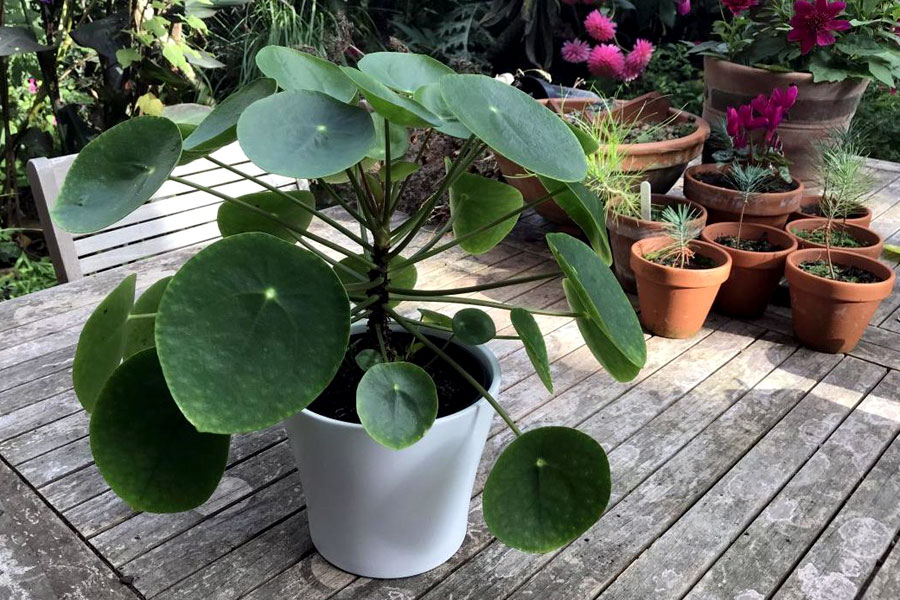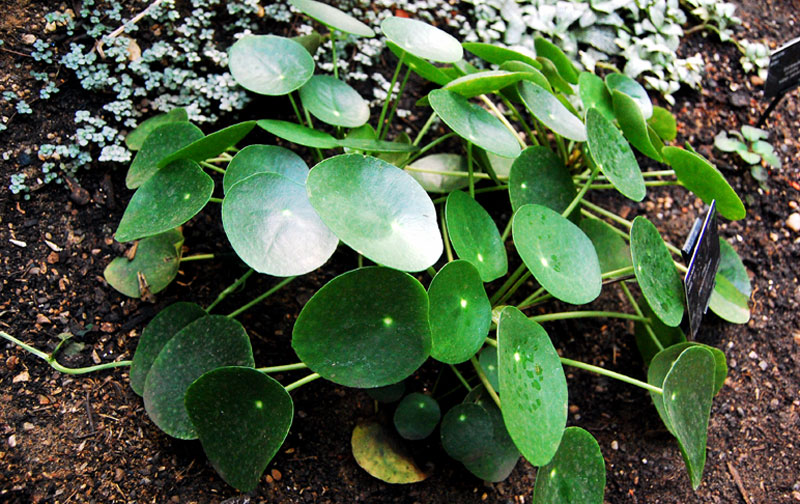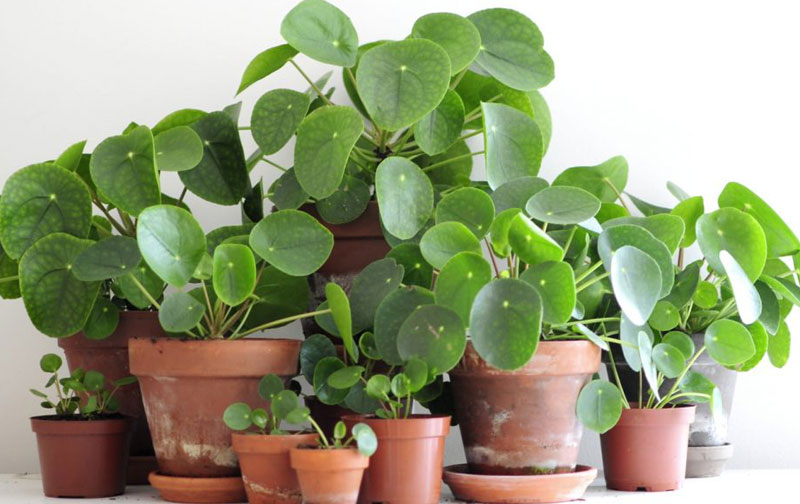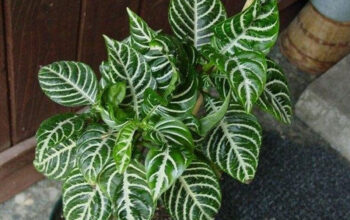Pilea Peperomioides- Chinese money plant
Pilea Peperomioides is also known as a Chinese money plant. If you are fond of indoor plants, then Pilea Peperomioides are a good choice, and why not, because when its shiny pancake-shaped green leaves produce a color contrast with your white walls that look beautiful and attractive. So in this article, we will be sharing information about How to grow Chinese money plant, Propagation Pilea plant, Pilea Peperomioides care, Problem with Pilea.
Although it is easy to plant and grow, when I went to the nursery a few days ago, the hand came back empty-handed from many places. This is a rare and most demanding plant, so you have to think before planting it. Nature Bring is giving you information about to grow Pilea Peperomioides.
Pilea Peperomioides Indoor plant
Pilea indoor plant, the Chinese money plant is known by many names like missionary plant, lefse plant, pancake plant, UFO plant (Pilea peperomioides) etc. They are native to The Yunnan province of China’s southwest. In the first decade of 1940, a Norwegian missionary Agnar Espegren shared its cutting with friends and family, and it spread to Scandinavia and today it is visible throughout the world.
Pilea (Chinese money plant) is very easy to propagate, and it’s a matter of happiness for those who want to be its masters. Nature Bring In our post, share some common habits of plants with you so that you can easily develop it.
Classification
Scientific name Pilea peperomioides
Common name Pilea
Plant type Houseplant
Sun required No direct sunlight
Soil Well-draining potting soil
Soil PH 6.0-7.5
Zone 10-11
How to grow Chinese money plant
Location and soil
Pilea’s are a most preferred sunshine window, where they get light, but not direct sunlight. It also develops in a shady area, but their leaves become dark green, and direct sunlight can damage the leaves. Keep changing your plant’s directions, because the leaves grow in the direction of the sun.
You always use premium cacti and succulent soil potting mix, which will be available in the market, this soil doesn’t hold much water and moisture. This is the appropriate step taken for well- draining. When replanting, observe fungus or other pests in the soil. The plant may damage the plants when the soil is infected.
Containers
It is best to apply Pilea plants to terracotta pots, though they do a great job in plastic containers as well. You can develop it in any container, but the important thing is that suitable drainage hole and its roots are not too wet. Small pots are good for developing plants so that its roots can be restricted.
Watering
Because the Pilea Plants Group likes high moisture, these plants require lots of water. Do not allow the soil to dry during high heat.
The amount of water in the plant depends also on the temperature of that place.
Temperature
Pilea plants generally prefer temperatures above 50 degrees F.
Fertilizer
Pilea peperomioides do not require very much fertilizer, however, during the growing season, the soluble fertilizer should be given from the initial fall in the middle of the spring once in a month.
Propagation Pilea plant
Pilea is very easy to spread the plant, as the mother plant develops, many infants grow the plant. Separate each infant plant with the help of a sharp knife and start directly in the soil, keep moisture in the soil to the plant develops. if you want it in the water can start. Growth speed in the soil is faster, after about 4-6 weeks, new leaves will start emerging.
New plantlet develops directly from the stem, you cut it off and develop it in water. In two weeks, when the roots develop, then implant them according to the instructions given above. Read.
Pilea Peperomioides care
Pruning
These plants are usually developed during summers and give birth to new foliage. The development of these plants in the winter is slow. These plants tend to bend legginess and produce quite brittle stems. To give the form of a compact bush and to encourage the growth of the plant, pinch the new growth.
Problem with Pilea
Pilea does not have too many problems, it is completely free of pests, apart from odd aphids, it can be affected by fungi because they require water and moisture. If this problem occurs, the white powder will appear on the leaves, in such cases remove the infected leaves, and use fungicide spray for treatment.
For pin
